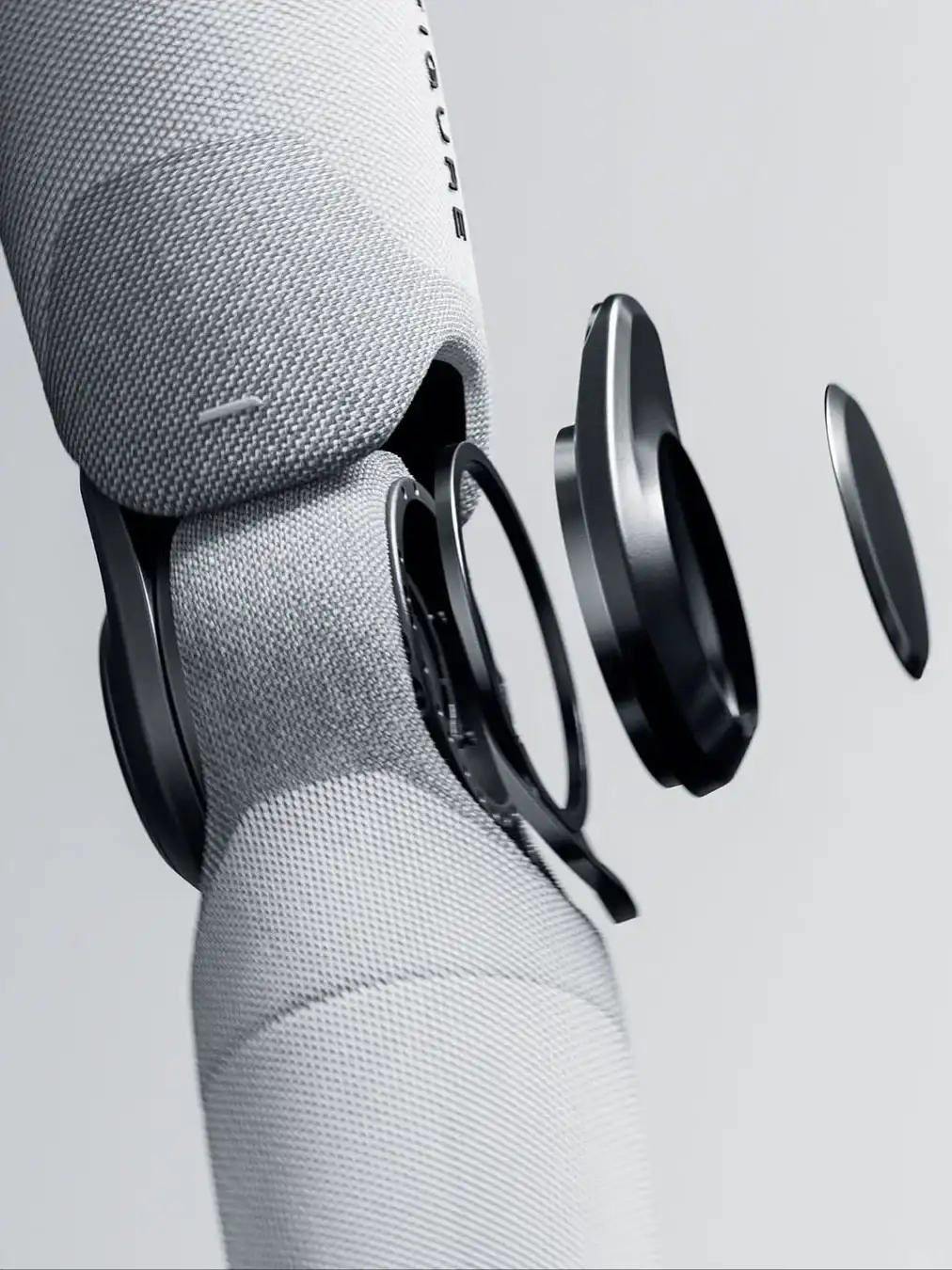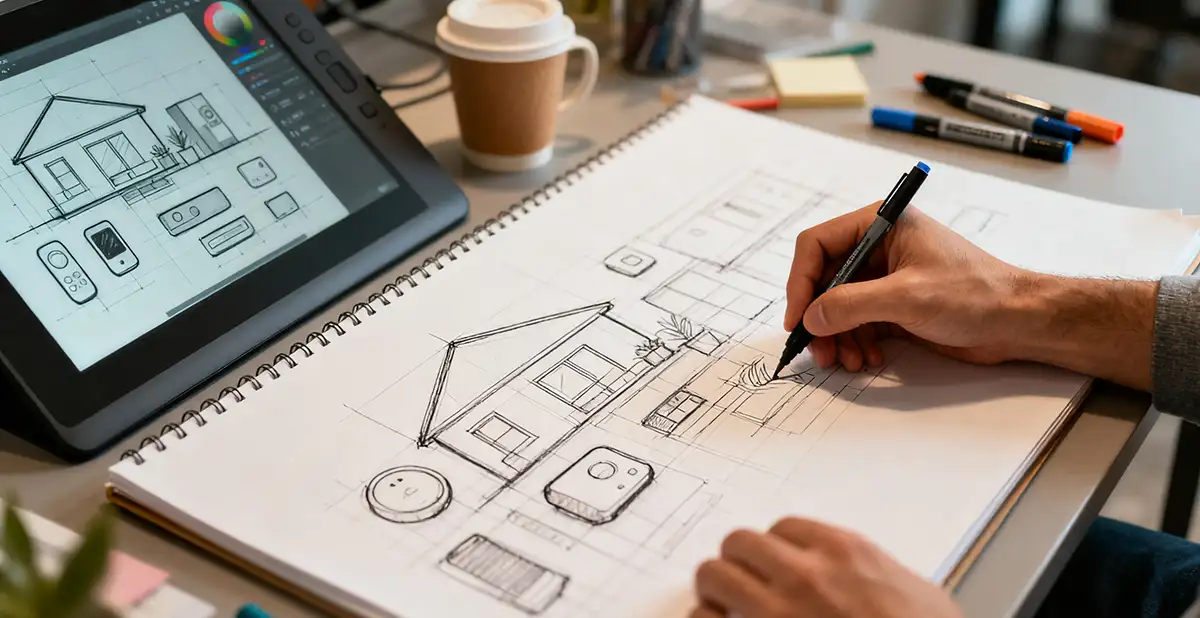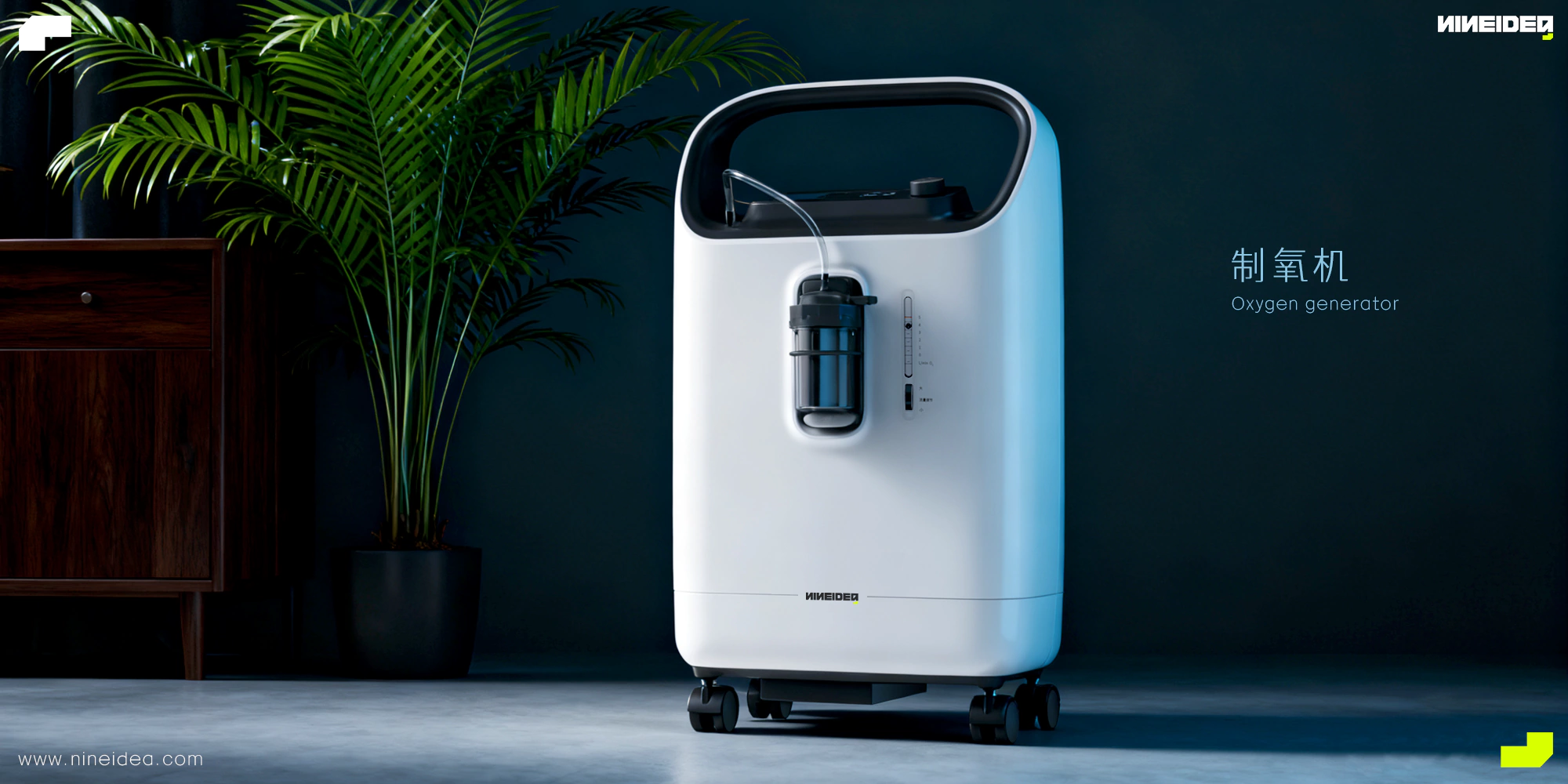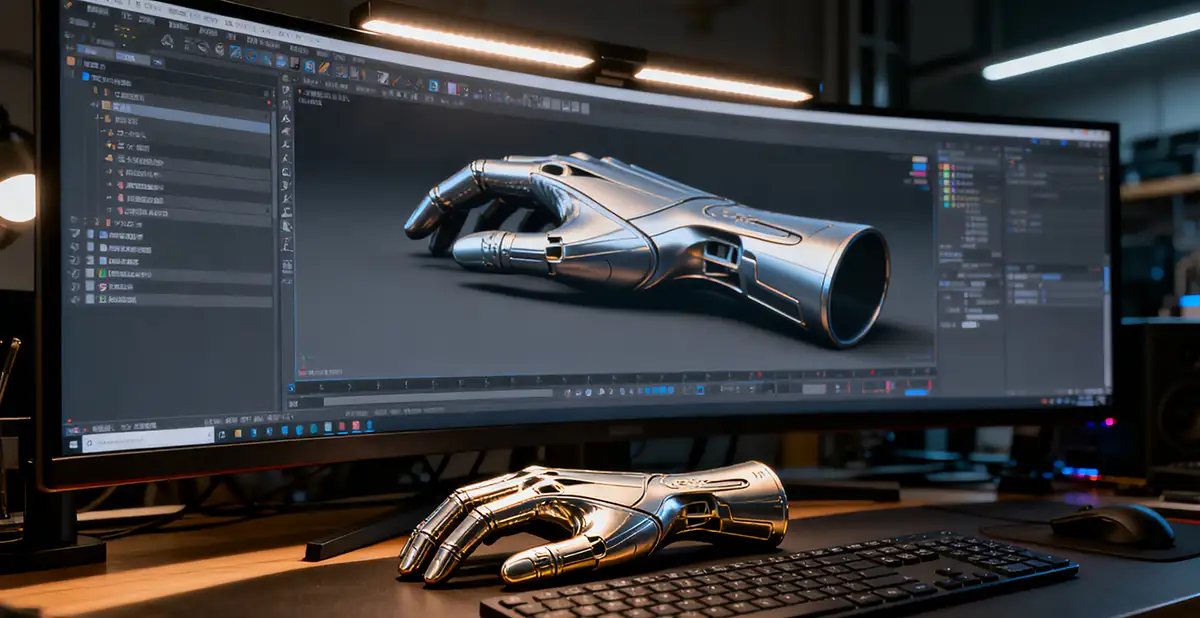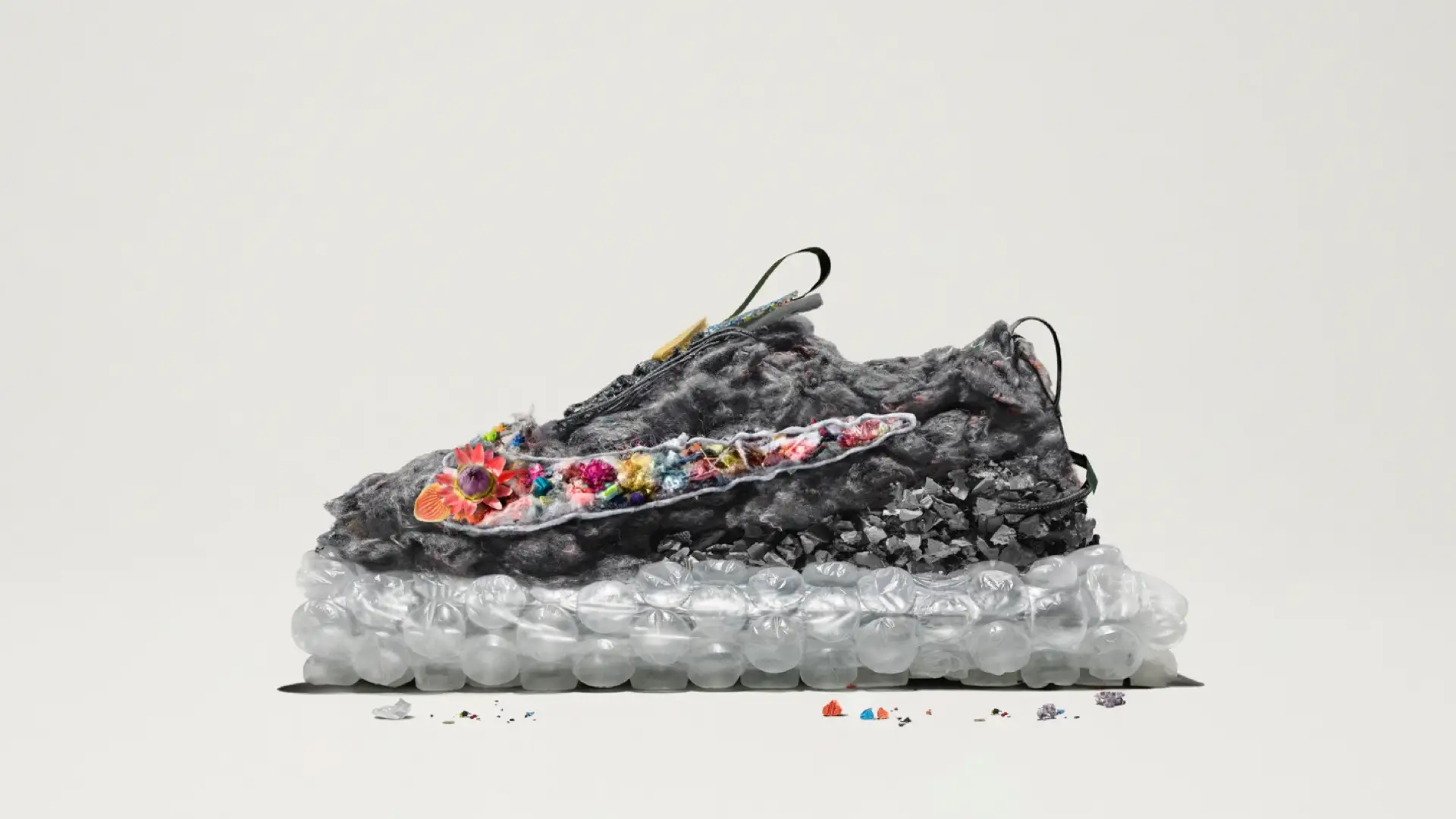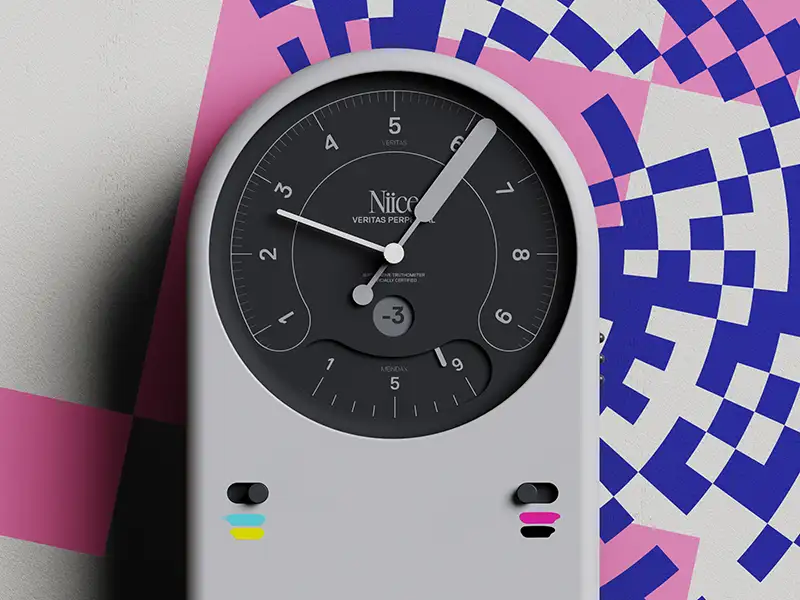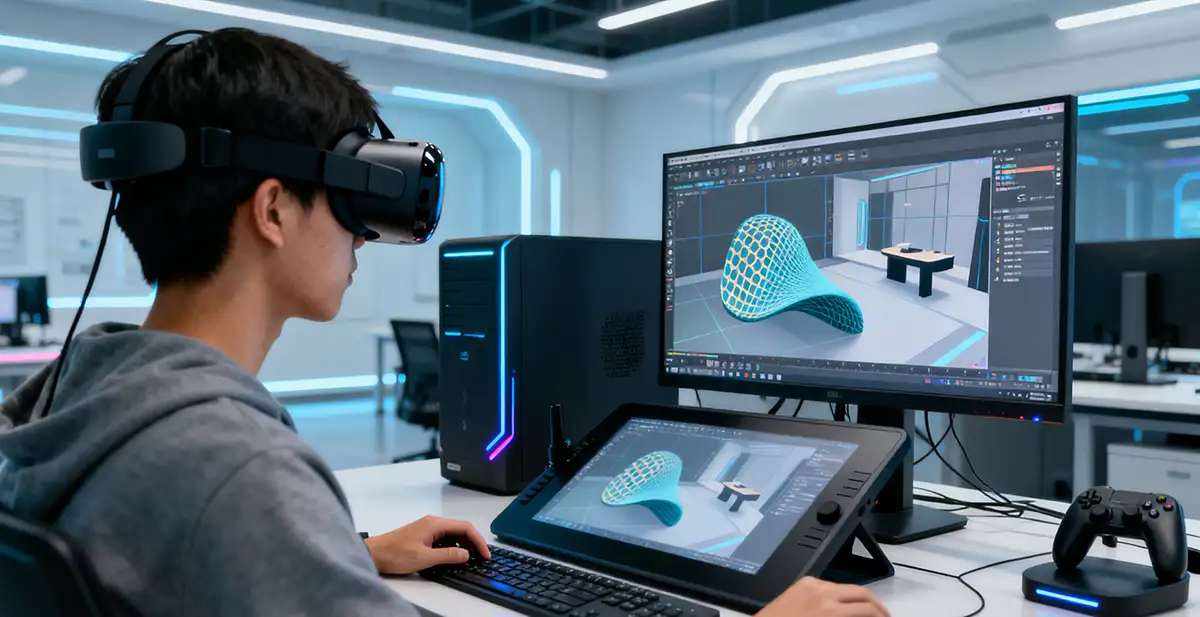NINEIDEA:在当今竞争激烈的商业环境中,产品设计和品牌设计作为企业发展的重要组成部分,二者的结合具有不可忽视的优势。它们相互关联、相互促进,共同为企业创造价值,提升市场竞争力。
一、增强产品辨识度与品牌独特性
产品设计是对产品的功能、外观、材质、人机交互等方面进行规划和创造,而品牌设计则侧重于塑造品牌的视觉形象、品牌理念、价值主张等。当产品设计与品牌设计紧密结合时,产品能够成为品牌理念的具象化体现。通过统一的设计语言,如独特的色彩搭配、标志性的造型元素、一致的材质选择等,产品在外观上就能够展现出鲜明的品牌特征,使消费者在众多同类产品中一眼识别出该产品所属的品牌。这种独特的辨识度不仅能够吸引消费者的注意力,还能让品牌在消费者心中留下深刻的印象,形成独特的品牌记忆。例如,某品牌在产品设计中始终坚持极简主义的设计风格,从产品的外形轮廓到界面布局,都体现出简洁、大气的特点,这种设计风格与品牌所倡导的 “简约生活” 理念相契合,让消费者一看到该产品的设计,就能联想到该品牌,从而增强了品牌的独特性。
二、提升用户体验与品牌情感连接
产品设计的核心目标之一是为用户提供良好的使用体验,包括操作的便捷性、舒适性、功能性等。而品牌设计则注重与用户建立情感上的沟通和连接,传递品牌的价值观、情感诉求等。当两者结合时,产品设计可以在满足用户功能需求的基础上,融入品牌的情感元素,为用户创造更加丰富的体验。例如,在产品的人机交互设计中,加入符合品牌调性的动画效果、声音反馈等,让用户在使用产品的过程中,不仅能够高效地完成任务,还能感受到品牌所传递的情感。同时,品牌设计所塑造的品牌形象和品牌故事,可以让用户对产品产生更深的情感认同。用户在使用产品时,不再仅仅是使用一个功能性的物品,而是与品牌建立了一种情感上的联系,从而增强用户对品牌的忠诚度。比如,一个强调环保理念的品牌,在产品设计中采用可回收的材质,并且在包装设计上体现出环保的主题,让用户在使用产品的过程中,能够感受到自己对环保事业的贡献,从而与品牌建立起积极的情感连接。
三、促进品牌价值的传递与提升
品牌价值是品牌在市场中所具有的影响力和号召力,是品牌通过长期的经营和积累所形成的。产品设计作为品牌价值的重要载体,能够将品牌的价值理念直观地传递给消费者。通过精心设计的产品,消费者可以感受到品牌对品质的追求、对创新的态度、对用户需求的关注等。例如,一个注重科技创新的品牌,在产品设计中会采用最新的技术和材料,展现出强大的研发实力和创新能力,从而提升品牌的科技感和高端形象。同时,产品设计的不断创新和优化,也能够为品牌价值注入新的内涵,使品牌保持活力和竞争力。当产品设计与品牌设计协同发展时,品牌价值能够得到更有效的传递和提升,消费者对品牌的认知和评价也会更加积极,从而为品牌带来更高的附加值和市场份额。
四、实现资源整合与成本优化
在企业的发展过程中,产品设计和品牌设计往往需要投入大量的人力、物力和财力。将两者结合起来,可以实现资源的整合和优化配置。一方面,在设计过程中,可以共享设计资源,如设计团队、设计工具、设计数据等,避免重复劳动,提高设计效率。另一方面,统一的设计理念和标准可以使产品在研发、生产、营销等各个环节保持一致性,降低沟通成本和管理成本。例如,在产品的包装设计、广告宣传、终端展示等方面,采用与产品设计相统一的品牌视觉元素,能够形成强大的品牌传播合力,提高品牌传播的效果,同时减少设计和宣传成本。此外,产品设计与品牌设计的结合还能够使企业在市场定位、目标客户群体分析等方面更加精准,避免因设计不匹配而导致的资源浪费,实现企业资源的最大化利用。
五、适应市场变化与提升品牌竞争力
市场环境是不断变化的,消费者的需求和偏好也在不断演变。产品设计与品牌设计的结合能够使企业更加敏锐地捕捉市场动态,及时调整设计策略,以适应市场变化。通过对市场趋势的研究和分析,将时尚元素、流行文化、技术创新等融入到产品设计和品牌设计中,使产品和品牌始终保持新鲜感和吸引力。例如,随着消费者对个性化需求的不断增加,企业可以在产品设计中提供更多的定制化选项,同时在品牌设计中强调个性化的品牌理念,满足不同消费者的需求。这种灵活性和适应性能够使企业在激烈的市场竞争中脱颖而出,提升品牌的竞争力。同时,品牌设计所建立的品牌忠诚度和品牌形象,也能够为产品在市场变化中提供稳定的支持,使企业能够更好地应对市场挑战。
产品设计与品牌设计的结合具有多方面的优势。它们相互作用、相互促进,能够增强产品的辨识度和品牌的独特性,提升用户体验和品牌情感连接,促进品牌价值的传递和提升,实现资源整合和成本优化,适应市场变化和提升品牌竞争力。在当今的商业世界中,企业只有将产品设计与品牌设计有机结合起来,才能在激烈的市场竞争中取得优势,实现可持续发展。
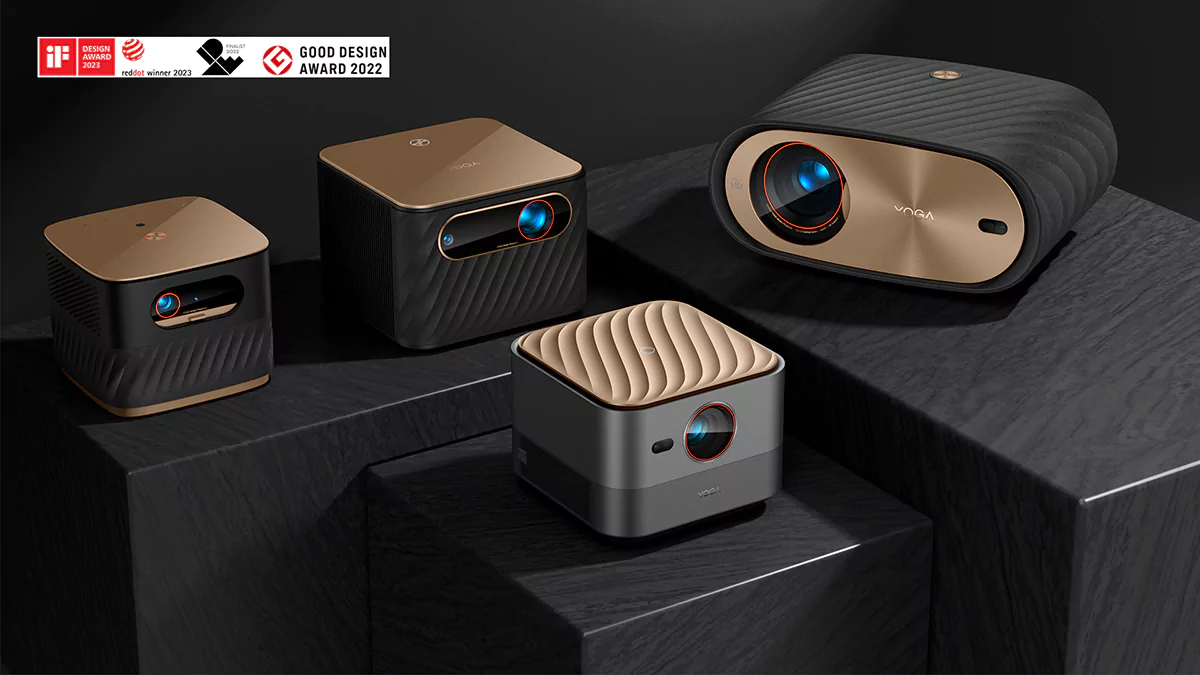
Combining product design and brand design to jointly create value and competitiveness for enterprises
NINEIDEA:In today’s fiercely competitive business environment, product design and brand design are important components of enterprise development, and their combination has undeniable advantages. They are interrelated and mutually reinforcing, jointly creating value for enterprises and enhancing market competitiveness.
1、 Enhance product recognition and brand uniqueness
Product design is the planning and creation of the functionality, appearance, materials, human-computer interaction, and other aspects of a product, while brand design focuses on shaping the brand’s visual image, brand philosophy, value proposition, and so on. When product design is closely integrated with brand design, the product can become a concrete manifestation of the brand concept. Through a unified design language, such as unique color combinations, iconic styling elements, consistent material selection, etc., products can showcase distinct brand characteristics in appearance, allowing consumers to recognize the brand to which the product belongs at a glance among many similar products.
This unique recognition not only attracts consumers’ attention, but also leaves a deep impression on the brand in their minds, forming a unique brand memory. For example, a certain brand has always adhered to a minimalist design style in product design, reflecting the characteristics of simplicity and grandeur from the product’s outline to interface layout. This design style is in line with the brand’s advocated concept of “minimalist life”, allowing consumers to associate the product’s design with the brand and enhance its uniqueness.
2、 Enhance user experience and brand emotional connection
One of the core goals of product design is to provide users with a good user experience, including convenience, comfort, functionality, and more. Brand design focuses on establishing emotional communication and connection with users, conveying the brand’s values, emotional appeals, and so on. When the two are combined, product design can incorporate emotional elements of the brand while meeting user functional needs, creating a richer experience for users. For example, in the human-computer interaction design of products, adding animation effects and sound feedback that conform to the brand tone allows users to not only efficiently complete tasks but also feel the emotions conveyed by the brand during the use of the product.
At the same time, the brand image and brand story shaped by brand design can generate deeper emotional identification among users towards the product. When users use a product, they are no longer just using a functional item, but establishing an emotional connection with the brand, thereby enhancing their loyalty to the brand. For example, a brand that emphasizes environmental protection concepts uses recyclable materials in product design and incorporates environmental themes in packaging design, allowing users to feel their contribution to the environmental cause while using the product, thereby establishing a positive emotional connection with the brand.
3、 Promote the transmission and enhancement of brand value
Brand value refers to the influence and appeal of a brand in the market, which is formed through long-term operation and accumulation. Product design, as an important carrier of brand value, can intuitively convey the brand’s value concept to consumers. Through carefully designed products, consumers can feel the brand’s pursuit of quality, attitude towards innovation, and attention to user needs. For example, a brand that emphasizes technological innovation will use the latest technology and materials in product design, demonstrating strong research and innovation capabilities, thereby enhancing the brand’s sense of technology and high-end image.
At the same time, continuous innovation and optimization of product design can also inject new connotations into brand value, keeping the brand dynamic and competitive. When product design and brand design develop in synergy, brand value can be more effectively conveyed and enhanced, and consumers’ perception and evaluation of the brand will be more positive, thereby bringing higher added value and market share to the brand.
4、 Realize resource integration and cost optimization
In the process of enterprise development, product design and brand design often require a significant investment of manpower, material resources, and financial resources. Combining the two can achieve resource integration and optimized configuration. On the one hand, in the design process, design resources such as design teams, design tools, design data, etc. can be shared to avoid repetitive work and improve design efficiency. On the other hand, a unified design concept and standards can maintain consistency in various aspects of product development, production, marketing, etc., reducing communication and management costs.
For example, in product packaging design, advertising promotion, terminal display, etc., adopting brand visual elements that are consistent with product design can form a strong brand communication synergy, improve the effectiveness of brand communication, and reduce design and promotion costs. In addition, the combination of product design and brand design can make the enterprise more accurate in market positioning, target customer group analysis, etc., avoiding resource waste caused by design mismatch, and achieving the maximum utilization of enterprise resources.
5、 Adapting to market changes and enhancing brand competitiveness
The market environment is constantly changing, and consumers’ needs and preferences are also evolving. The combination of product design and brand design can enable enterprises to more sensitively capture market dynamics, adjust design strategies in a timely manner, and adapt to market changes. By studying and analyzing market trends, fashion elements, popular culture, technological innovation, etc. are integrated into product and brand design to maintain freshness and attractiveness throughout the product and brand.
For example, as consumers’ demand for personalization continues to increase, companies can provide more customization options in product design, while emphasizing personalized brand concepts in brand design to meet the needs of different consumers. This flexibility and adaptability can enable enterprises to stand out in fierce market competition and enhance brand competitiveness. Meanwhile, the brand loyalty and image established by brand design can also provide stable support for products in market changes, enabling enterprises to better respond to market challenges.
The combination of product design and brand design has multiple advantages. They interact and promote each other, enhancing product recognition and brand uniqueness, improving user experience and brand emotional connection, promoting the transmission and enhancement of brand value, achieving resource integration and cost optimization, adapting to market changes, and improving brand competitiveness. In today’s business world, only by organically combining product design with brand design can enterprises gain advantages in fierce market competition and achieve sustainable development.














